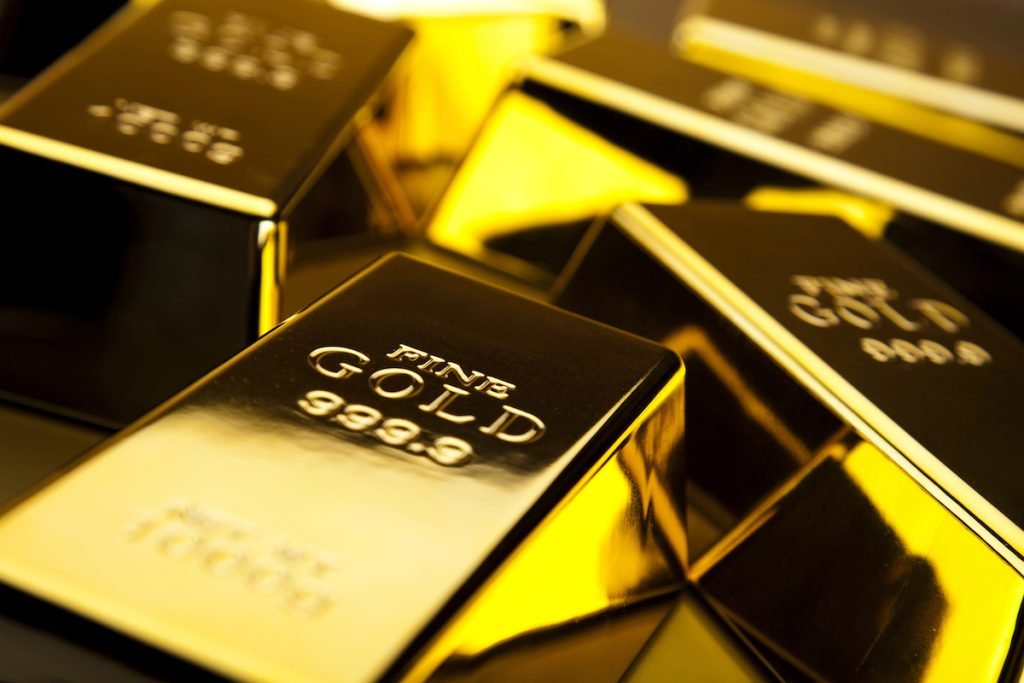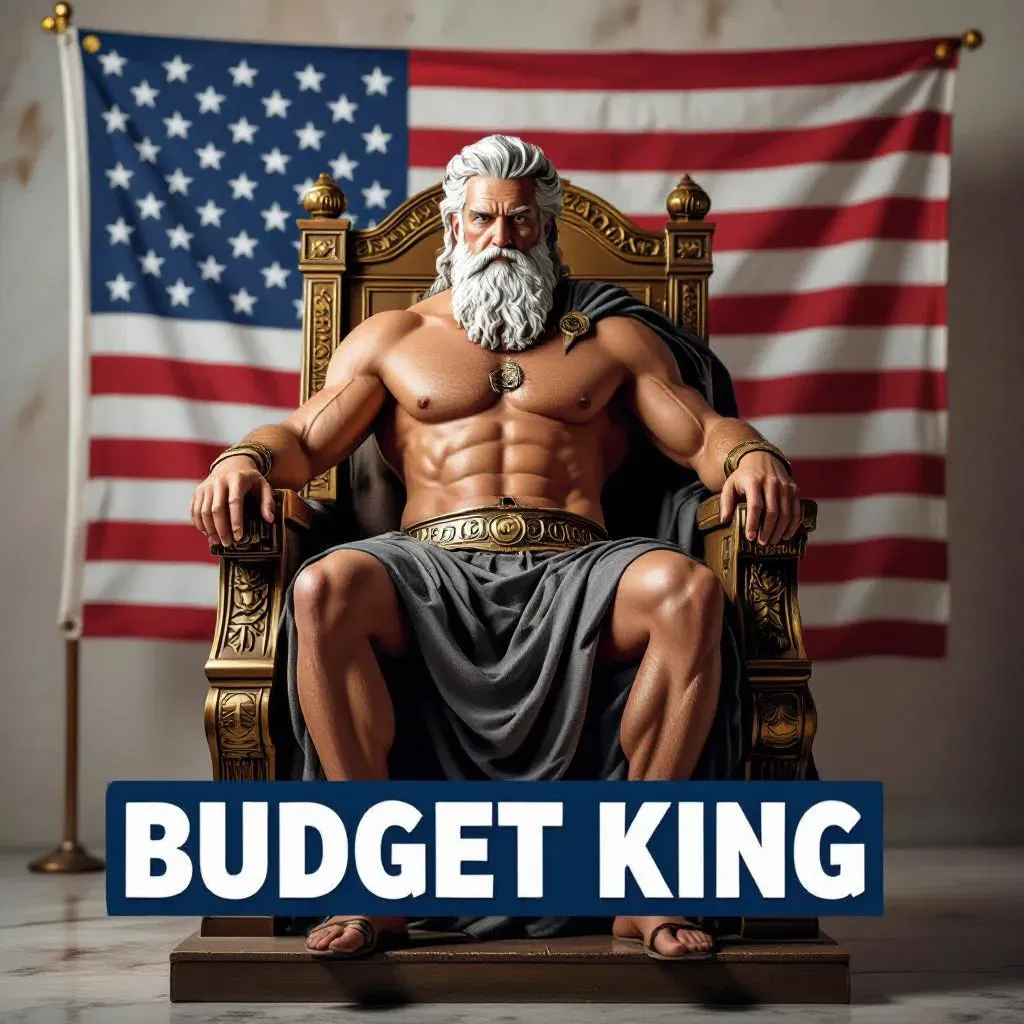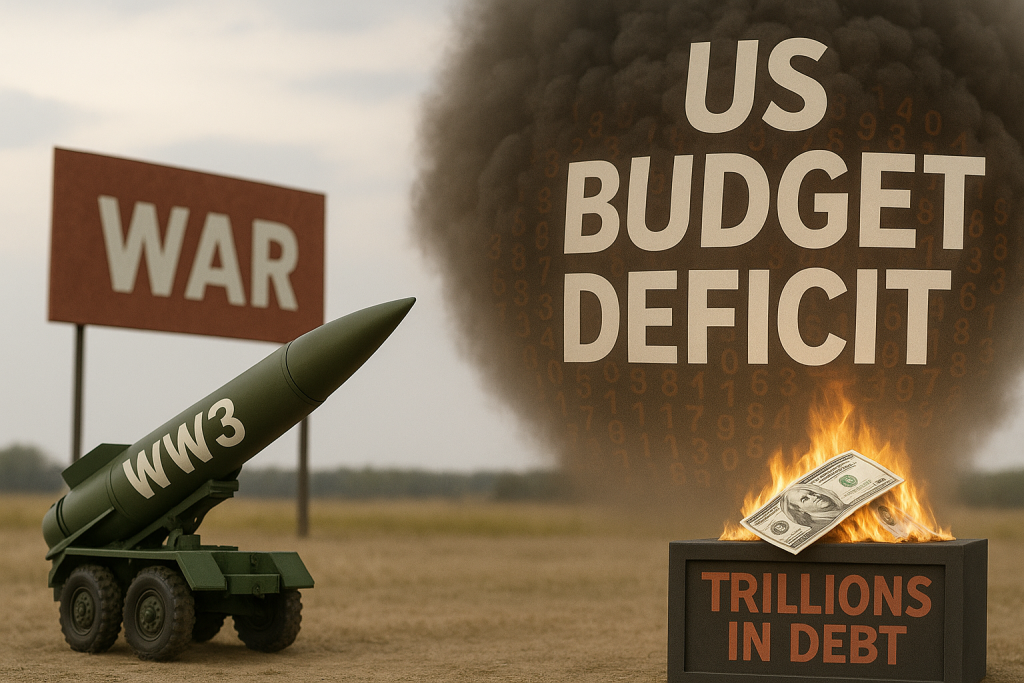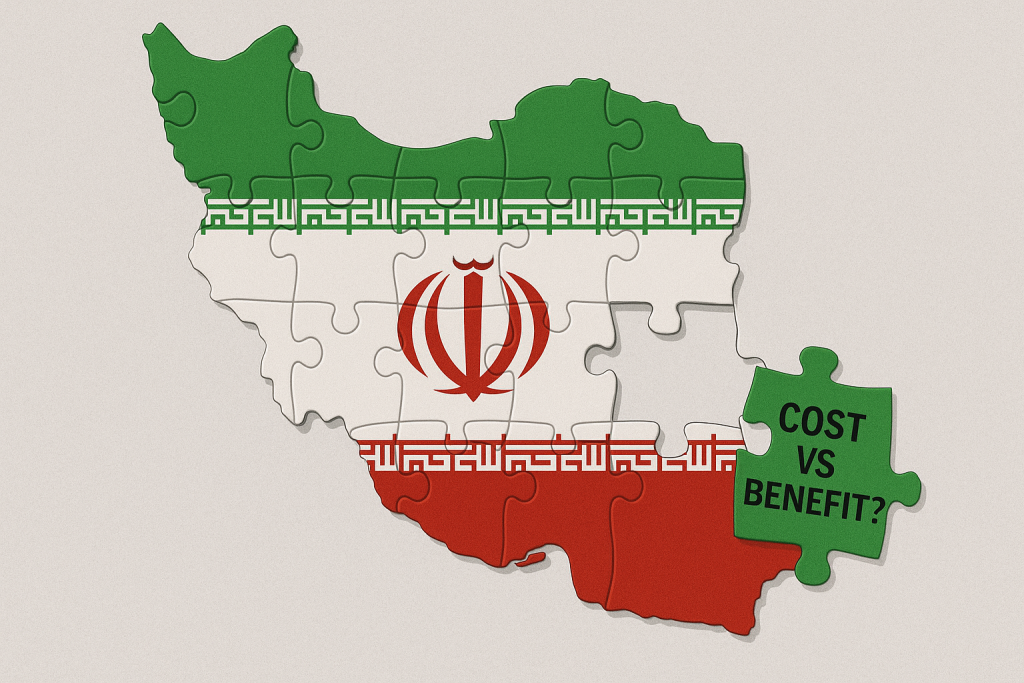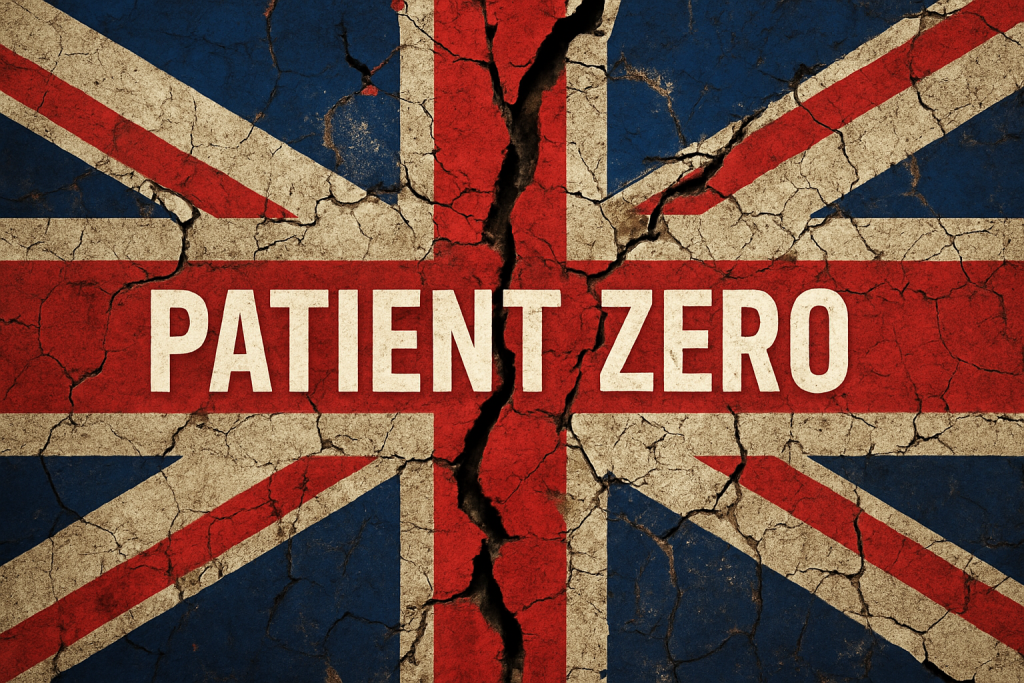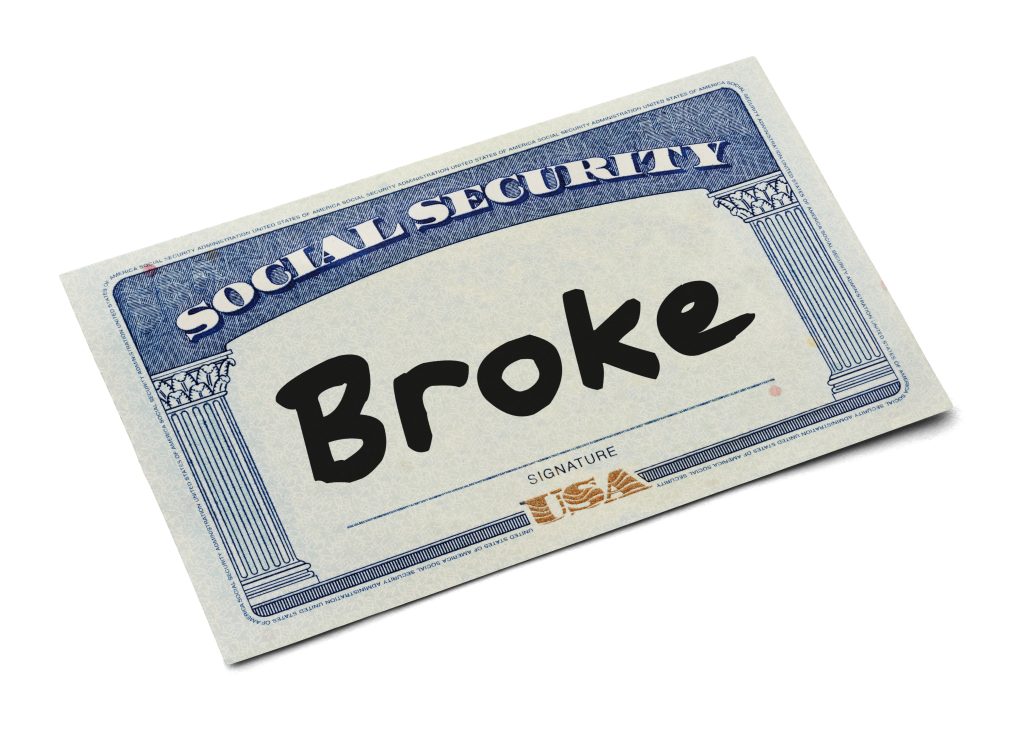It’s hard to say with a straight face that an asset hovering near its all-time high could be a “contrarian” investment. But I’m going to say it anyhow– I think gold may be a contrarian play right now.
Now, it would be easy to assume that gold is near its all-time high because everyone is buying. And normally that would be true; typically, whenever an asset soars to a record high, it’s because individual investors are piling into the market.
We’ve seen this countless times, from Bitcoin to meme stocks; once something becomes the hot thing to own, small investors– and occasionally professionally managed funds– drive the price higher.
But that’s not happening with gold. In fact, investors have been abandoning gold for years.
Publicly available data from more than 100 gold ETFs (all of which are conveniently aggregated by the World Gold Council) show that western investors have been selling off their gold ETFs for most of the past few years.
WGC data show that North American and European investors dumped over 700 metric tons of gold since May of 2022, equivalent to nearly 20% of ETF holdings.
In fact, outflows for the month of January alone (the most recent month of published data) totaled more than 50 metric tons– the second highest outflow in a year.
Most notably, however, North American, and European investors dumped 179.6 metric tons of gold September 2023 through January 2024.
This is important, because during that time period, the price of gold surged from $1820 per ounce to nearly $2100.
Strange, right? If investors were selling off substantial quantities of gold, it seems like the price should have fallen. Instead, it rose 15%. How is that possible?
Well, the reason that gold keeps going higher is because, while individual investors are selling, there’s another group that’s buying.
In fact, this group of buyers is completely price insensitive. They don’t care how much they pay per ounce. They are not even looking for a return on investment. And they have mountains of cash to spend.
The group of buyers I’m talking about is central banks and governments.
And not just the usual suspects like China and Russia either (though China did buy more than 200 metric tons in 2023). Other like Poland, India, Singapore, Czech Republic, Philippines… and even Iraq.
To me this is an obvious signal that the global financial system is probably going to change sooner rather than later. And long-time readers know we have been writing about this for years.
Reserve currencies throughout history have always come and gone.
There was a time when the Greek drachma dominated trade and commerce in the Mediterranean (due in large part to the conquests of Alexander the Great). It was displaced by the Roman denarius, then the Byzantine gold solidus, then the Venetian ducat.
Reserve currencies rise to prominence because people have confidence in the issuer, i.e. the Roman Empire, or the Republic of Venice, or the Spanish Empire.
But eventually that confidence wanes– especially as the empire debases its currency and runs up massive debts.
That’s the situation the United States is in right now.
The national debt is already $34.4 trillion. And the Congressional Budget Office expects it to rise by at least $20 trillion over the next decade.
The dollar became the global reserve currency back in 1944 when there were no other nations to rival the US.
The US was the only country that hadn’t been completely obliterated by war. It boasted the largest, freest, most productive economy. It possessed the best technology and manufacturing capacity. It had the largest pool of savings.
And it also had one of the world’s largest and most rapidly growing populations.
Yet even with such an impressive socioeconomic resume, the rest of the world wasn’t willing to blindly trust the US government with the world’s reserve currency… not without first putting some critical checks and balances in place.
First, while other nations agreed to fix their currencies to the US dollar, the US agreed to fix the dollar to gold at a rate of $35 per troy ounce.
And second, the US government had to guarantee that the dollar would be freely convertible to gold; that way, if any nation ever lost confidence in the Treasury Department or Federal Reserve, they could easily redeem their dollars for gold.
This is a pretty critical point to understand: immediately following World War II, the US was at the peak of its power. Every other developed nation on earth had been devastated by the war. Farms and factories had been destroyed. Chaos and hunger were rampant. Entire governments had been toppled.
Yet even with such a tremendous power imbalance (i.e. the US was in pristine condition compared to Europe), allied nations still weren’t willing to go all-in on the US dollar. And they demanded the gold convertibility as a guarantee.
That was 80 years ago. And it’s safe to say that the US is nowhere near the peak of its geopolitical power anymore. Adversary nations are everywhere, and the US government’s finances are an embarrassing catastrophe.
When I see central banks buying up gold at record high prices, this suggests to me that they are preparing for a new global financial system– one that is based on gold instead of the US dollar.
After all, this is the most logical scenario.
It would be naive (and deliberately ignorant of history) to believe that the dollar will go on indefinitely as the world’s dominant reserve currency, given the pitiful trend of US government finances. Even the IMF has called for a reset in the global financial system.
It’s also hard to believe that any new financial system would be centered on a Chinese currency; no one trusts the CCP, nor should they.
Gold is the most viable option to replace the dollar as the global reserve because it doesn’t require any convincing. Governments and central banks all over the world already own gold, just as they have for thousands of years.
And it’s a lot easier for everyone to have confidence in an asset class that no single nation controls.
Given the trend of their large-scale gold purchases, it appears that foreign governments and central banks may be preparing for this potential new financial system.
I’ve argued before that a gold-based financial system could send prices beyond $10,000 or more.
So, yes, even though gold is near a record high, it’s important to remember that individual investors are selling at a time when central banks are gobbling it up even more quickly.
And it’s possible they’re buying for a very deliberate reason.
